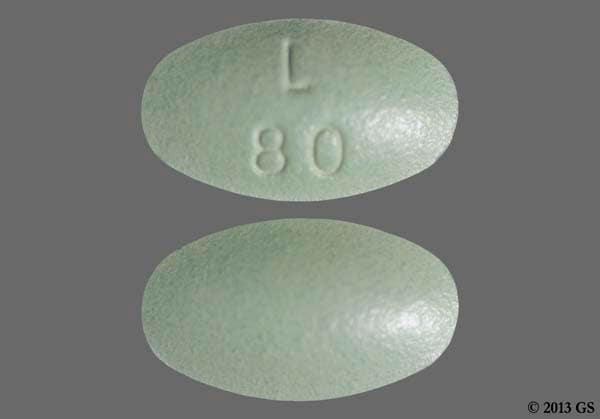Lurasidone | Latuda
LATUDA is an atypical antipsychotic for the treatment of:
- Schizophrenia (1.1, 14.1)
- Depressive Episodes associated with Bipolar I Disorder (bipolar depression), as monotherapy and as adjunctive therapy with lithium or valproate (1.2, 14.2).
LATUDA should be taken with food (at least 350 calories). Administration with food substantially increases the absorption of LATUDA (2.3, 12.3).
- Moderate and Severe Renal Impairment: Recommended starting dose is 20 mg per day, and the maximum recommended dose is 80 mg per day (2.4, 8.6).
- Moderate and Severe Hepatic Impairment: Recommended starting dose is 20 mg per day. The maximum recommended dose is 80 mg per day in moderate hepatic impairment and 40 mg per day in severe hepatic impairment (2.4, 8.6).
- Concomitant Use of a Strong CYP3A4 Inhibitor (e.g., ketoconazole): LATUDA should not be co-administered with a strong CYP3A4 inhibitor (2.5, 4, 7.1).
- Concomitant Use of a Strong CYP3A4 Inducer (e.g., rifampin): LATUDA should not be co-administered with a strong CYP3A4 inducer (2.5, 4, 7.1).
- Concomitant Use of a Moderate CYP3A4 inhibitor (e.g., diltiazem): LATUDA dose should be reduced to half of the original dose level. Recommended starting dose is 20 mg per day. Maximum recommended dose is 80 mg per day (2.5, 7.1)
- Concomitant Use of a Moderate CYP3A4 Inducer: It may be necessary to increase the dose of LATUDA (2.5, 7.1)

—–INDICATIONS AND USAGE—–
- See description above.
—–DOSAGE AND ADMINISTRATION—–
- See description above.
—–CONTRAINDICATIONS—–
- Known hypersensitivity to LATUDA or any components in the formulation (4).
- Concomitant use with a strong CYP3A4 inhibitor (e.g., ketoconazole) (4, 7.1).
- Concomitant use with a strong CYP3A4 inducer (e.g., rifampin) (4, 7.1).
—–WARNINGS—–
- Cerebrovascular Adverse Reactions in Elderly Patients with Dementia-Related Psychosis: Increased incidence of cerebrovascular adverse events (e.g., stroke, transient ischemic attack) (5.2).
- Neuroleptic Malignant Syndrome: Manage with immediate discontinuation and close monitoring (5.4).
- Tardive Dyskinesia: Discontinue if clinically appropriate (5.5).
- Metabolic Changes: Atypical antipsychotic drugs have been associated with metabolic changes that may increase cardiovascular/cerebrovascular risk. These metabolic changes include hyperglycemia, dyslipidemia, and weight gain (5.6).
- Hyperglycemia and Diabetes Mellitus: Monitor patients for symptoms of hyperglycemia including polydipsia, polyuria, polyphagia, and weakness. Monitor glucose regularly in patients with diabetes or at risk for diabetes.
- Dyslipidemia: Undesirable alterations have been observed in patients treated with atypical antipsychotics.
- Weight Gain: Gain in body weight has been observed. Monitor weight.
—–WARNINGS & PRECAUTIONS—–
- Hyperprolactinemia: Prolactin elevations may occur (5.7).
- Leukopenia, Neutropenia, and Agranulocytosis: Perform complete blood counts (CBC) in patients with a pre-existing low white blood cell count (WBC) or a history of leukopenia or neutropenia. Consider discontinuing LATUDA if a clinically significant decline in WBC occurs in the absence of other causative factors (5.8).
- Orthostatic Hypotension and Syncope: Dizziness, tachycardia or bradycardia, and syncope may occur, especially early in treatment. In patients with known cardiovascular or cerebrovascular disease, and in antipsychotic-naïve patients, consider a lower starting dose and slower titration (5.9).
—–ADVERSE REACTIONS—–
- Commonly observed adverse reactions (incidence ≥ 5% and at least twice the rate for placebo) were (6.1):
- Schizophrenia: somnolence, akathisia, extrapyramidal symptoms, and nausea
- Bipolar depression: akathisia, extrapyramidal symptoms, and somnolence

